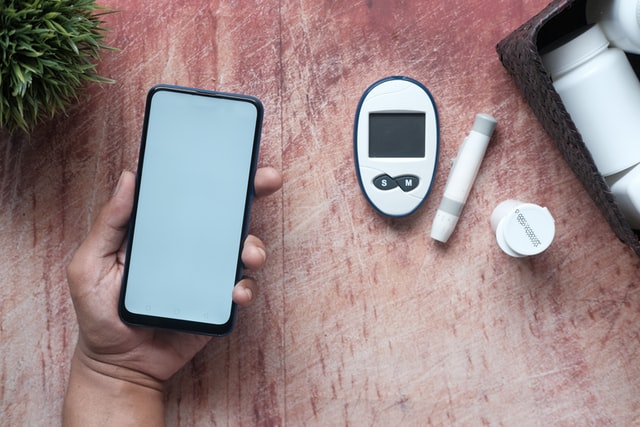
Diabetes is a lifelong condition that can cause serious health problems if it's not managed well. One of the most serious diabetes-related health problems is a condition called euglycemic diabetic ketoacidosis (DKA).
Contents
- What is euglycemic diabetic ketoacidosis?
- What are the symptoms of Euglycemic diabetic ketoacidosis?
- What causes euglycemic diabetic ketoacidosis?
- How is euglycemic diabetic ketoacidosis treated?
- What are the complications of euglycemic diabetic ketoacidosis?
- How can euglycemic diabetic ketoacidosis be prevented?
- Conclusion
In this article, we'll explain what EDKA is, what causes it, and how to treat it.
What is euglycemic diabetic ketoacidosis?
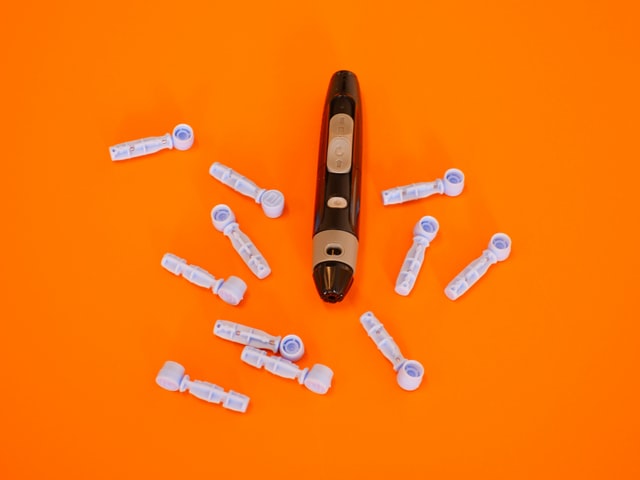
Euglycemic diabetic ketoacidosis (EDKA) is a rare but serious complication of diabetes. When you have a high blood sugar level, your body produces ketones, which are acidic compounds that can build up in the blood and cause serious health problems.
EDKA is most often seen in people with type 1 diabetes, but it can also occur in people with type 2 diabetes and can be caused by several things such as fasting, surgery, pregnancy, or the use of SGLT2 inhibitors.
This complication is usually due to an imbalance between insulin and counter-regulatory hormones. Or in other words, it happens when your blood sugar gets too high, and your body starts to produce ketones that then build up in your body.
Without proper treatment, it can lead to coma and death. If you have diabetes, it's important to know the signs and symptoms of EDKA so you can get treatment right away.
What are the symptoms of Euglycemic diabetic ketoacidosis?
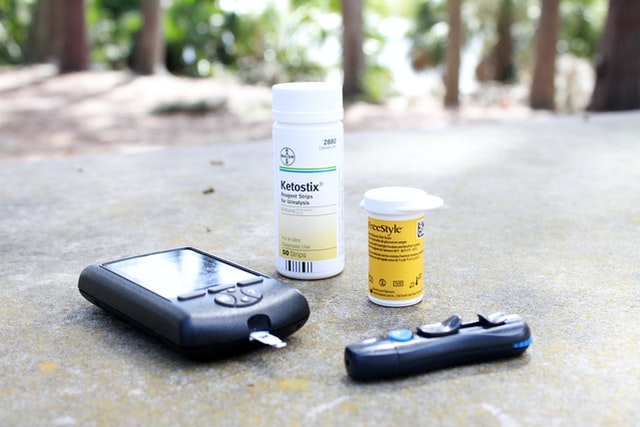
People with EDKA can have different symptoms, such as feeling sick and vomiting, having trouble breathing, feeling generally bad, being very tired, not wanting to eat, and having pain in their stomach. People with EDKA may also have a normal blood sugar level. This can make it hard for diabetic patients to recognize the symptoms.
The symptoms of EDKA can be more gradual than the symptoms of DKA (diabetic ketoacidosis), which happens when someone's blood sugar level is high because they are not taking enough insulin. Sometimes there is an infection or other stressor that causes EDKA.
Some patients may have a fast, deep breathing pattern called Kussmaul respiration. This happens when the body is trying to compensate for a severe case of acidosis. The patient's breath may also smell fruity because of the loss of acetone. They may also have a fast heart rate, low blood pressure, confusion, increased skin turgor and delayed capillary refill.
If someone has diabetes and feels sick, has trouble breathing, feels sick in their stomach, or vomits, they should have a blood and urine test to see if they have ketones. The blood tests will check for electrolytes, glucose, creatinine, and BUN. And the urine tests will check for ketones, beta-hydroxybutyric acid, acetone, and acetoacetate.
What causes euglycemic diabetic ketoacidosis?

Euglycemic diabetic ketoacidosis (EDKA) is a relatively rare complication that can occur when blood sugar levels are not tightly controlled.
When the body doesn't have enough glucose to use for energy, it starts to break down fatty acids for fuel. This process, called ketogenesis, produces a ketone called acetoacetate.
Acetoacetate then can build up in the body and cause diabetic ketoacidosis (EDKA) – a life-threatening condition that also can result in coma or death.
It's not clear what causes euglycemic diabetic ketoacidosis.
Euglycemic diabetic ketoacidosis is not clearly understood. However, some experts believe that it's caused by a combination of factors, including a build-up of ketones in the body, stress, and infection.
It's also thought that people with type 1 diabetes may be more susceptible to euglycemic diabetic ketoacidosis because their bodies are unable to produce insulin.
It may be related to changes in insulin levels.
As mentioned before, the exact cause of EDKA is not known, but it is thought to be related to changes in insulin levels. This can happen if you miss a dose of insulin, have an infection, or are under stress. But the most common cause of euglycemic diabetic ketoacidosis is an infection, such as pneumonia, urinary tract infection, or sepsis.
Other possible triggers include certain medications, such as corticosteroids or octreotide; alcohol abuse; and underlying conditions, such as heart failure or cancer. Euglycemic diabetic ketoacidosis can also occur in people without diabetes who have had a recent surgery or who have been fasting for a prolonged period of time.
How is euglycemic diabetic ketoacidosis treated?
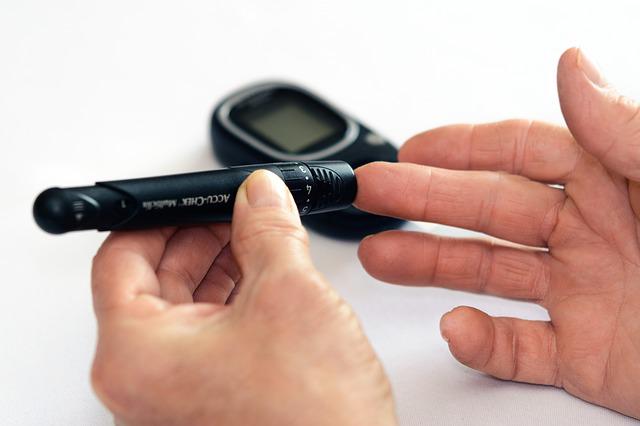
Treatment for euglycemic diabetic ketoacidosis usually involves hospitalization and close monitoring by a team of healthcare professionals. Your blood sugar levels will be closely managed, and you may be given insulin to bring your blood sugar levels down to a safe range.
Fluids will also be administered through an IV to help correct the dehydration that often accompanies this condition. If your potassium (important minerals in your body) levels are low, you may also be given potassium supplements.
Euglycemic diabetic ketoacidosis is then treated with insulin therapy. Insulin therapy is used to lower blood sugar and stop ketone production. The goal of treatment is to bring blood sugar levels into a normal range and to correct the electrolyte imbalance.
Treatment usually requires a hospital stay so that fluids and insulin can be given intravenously. Most people with euglycemic diabetic ketoacidosis make a full recovery with treatment. The key to preventing these complications is recognizing EDKA early and treating it with fluids, dextrose, and insulin.
What are the complications of euglycemic diabetic ketoacidosis?
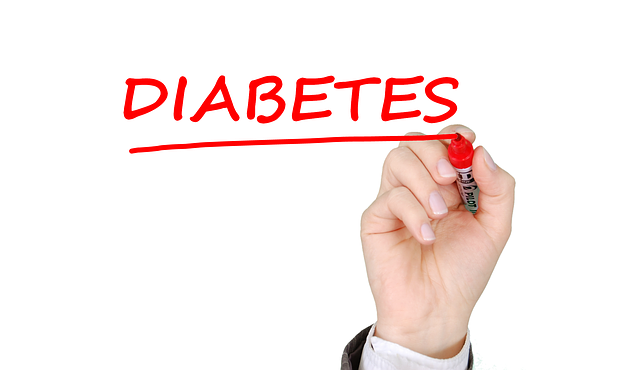
Complications of euglycemic diabetic ketoacidosis can be very serious and even life-threatening. Some of the most common complications include:
- Respiratory failure – occurs when the lungs can't provide enough oxygen to the body.
This can occur when the body's tissues and organs are unable to get enough oxygen from the blood. This, in turn, happens when the body's tissues cannot use glucose for energy, and the body starts to break down fat for energy.
This process produces ketones, which can build up in the blood and cause a dangerous condition called ketoacidosis.
Ketones that are built up in the blood can cause an acidic environment that can cause damage to the lungs and make it difficult for you to breathe.
The body will try to compensate by breathing faster, but this can lead to a build-up of carbon dioxide in the blood. This can cause the blood pH to become too low, which then can lead to coma and death.
- Cerebral edema – this is a dangerous accumulation of fluid in the brain.
Cerebral edema, or swelling of the brain, is a serious complication of euglycemic diabetic ketoacidosis. Increased pressure inside the skull can cause headaches, seizures, and even comas.
- Heart failure – this is a condition in which the heart can't pump enough blood to meet the body's needs.
Euglycemic diabetic ketoacidosis can cause heart failure for a few reasons.
- The lack of insulin can cause the body to break down fat for energy, which produces ketones, which then can build up in the blood and make the blood more acidic. This acidity can damage the heart muscle and lead to heart failure.
- The dehydration that often occurs with euglycemic diabetic ketoacidosis can also lead to heart failure. When the body is dehydrated, it doesn't have enough fluid to pump through the heart properly, which can cause the heart to fail.
- The electrolyte imbalance that occurs with euglycemic diabetic ketoacidosis can also lead to heart failure. An imbalance in the body's electrolytes can cause irregular heart rhythms, which can eventually cause heart failure.
- Gastrointestinal haemorrhage – this is a loss of blood from the stomach or intestines.
Euglycemic diabetic ketoacidosis can cause gastrointestinal haemorrhage due to the increase in ketone levels in the blood. When the ketones level gets too high in the blood, they can create an acidic environment that can break down blood vessels.
This can lead to bleeding in the gastrointestinal tract. In severe cases, this can lead to death.
- Septicemia – this is a serious infection in the bloodstream.
Septicemia is a potentially life-threatening complication of euglycemic diabetic ketoacidosis. It occurs when the infection that caused the ketoacidosis spreads through the bloodstream. Septicemia can lead to organ failure and death.
How can euglycemic diabetic ketoacidosis be prevented?
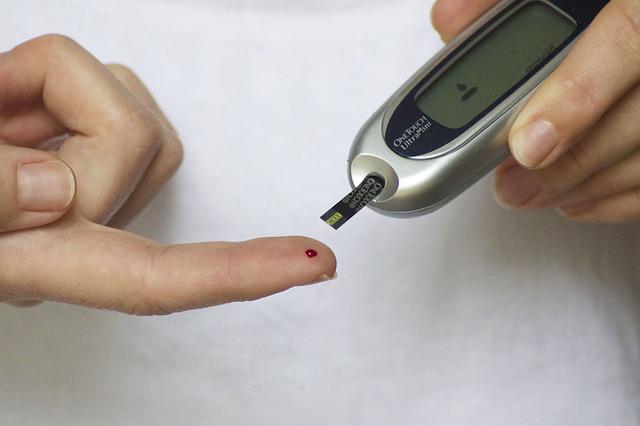
It's important to know how to prevent EDKA so that you can avoid this potentially life-threatening condition. Several things can be done to reduce your risk of EDKA.
Recognize the symptoms of euglycemic diabetic ketoacidosis
The best way to prevent euglycemic diabetic ketoacidosis is to recognize the symptoms and get treatment right away.
If you are a diabetes type 1 patient and observe symptoms that include nausea, vomiting, abdominal pain, shortness of breath, and fatigue, call your doctor or go to the emergency room immediately.
Test your blood sugar regularly
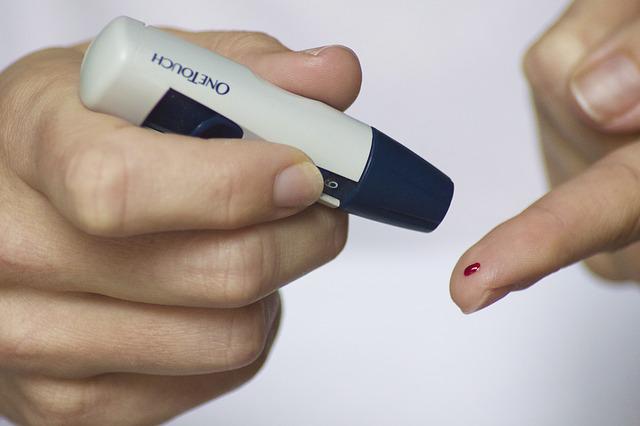
One of the best ways to prevent euglycemic diabetic ketoacidosis is to test your blood sugar regularly.
If you are a diabetes patient, it's important to ask your doctor how often you should check your blood sugar and what to do if it gets too low. This way, you can catch any changes in your blood sugar levels early and take steps to correct them.
Adjust your insulin doses as needed
The best way to prevent euglycemic diabetic ketoacidosis is to adjust your insulin doses.
If you are sick or have a fever, you may need to increase your insulin doses. If you exercise more, you may need to decrease your insulin dosage.
Take insulin as prescribed by your doctor, and always speak with your doctor before making any changes.
Follow a healthy diet and exercise regularly.
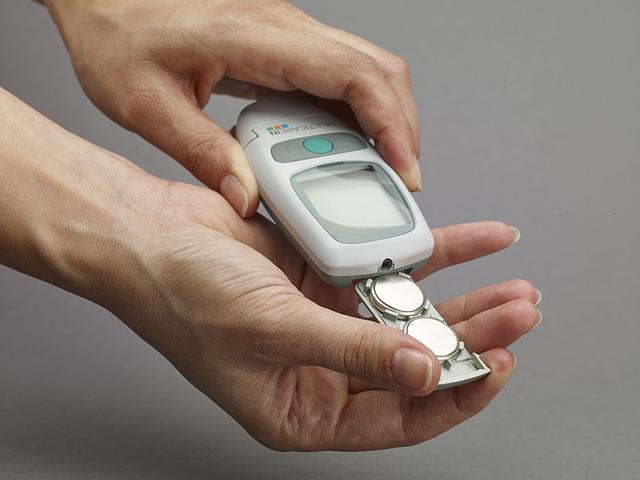
A diet high in fibre and low in sugar can help regulate your blood sugar levels and prevent spikes. Exercise helps to promote insulin sensitivity and can also help to prevent ketoacidosis.
Following a healthy lifestyle is the best way to prevent this condition.
Stay hydrated and avoid alcohol.
Euglycemic diabetic ketoacidosis can be prevented by staying hydrated and avoiding alcohol. Alcohol consumption can lead to dehydration, which can in turn trigger euglycemic diabetic ketoacidosis.
It is therefore important to drink enough - not alcohol but water or other fluids.
Monitor Your ketone level
You should also check your ketone levels regularly, and if they become high, contact your doctor right away.
Conclusion
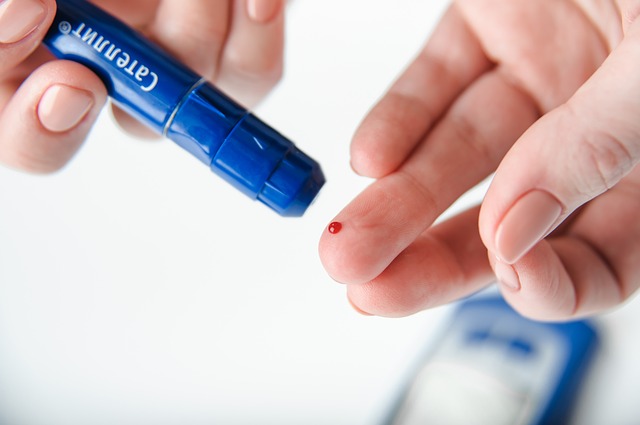
Euglycemic diabetic ketoacidosis, though rare, is a serious complication of diabetes that can result in coma or death if not treated.
So it's essential to be aware of the signs and symptoms and to seek medical help right away. And be sure to carry an ID card or wear a medical bracelet that indicates you have diabetes in case of an emergency.





